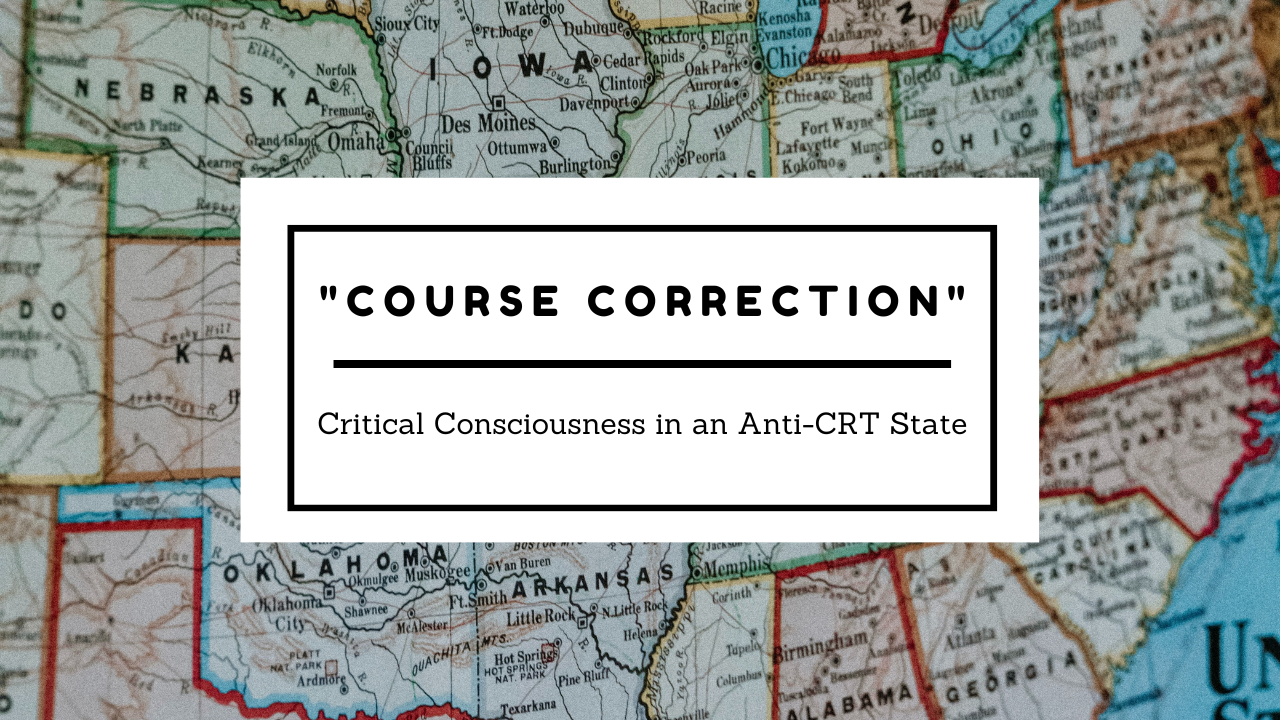 Snapshot: Facing community pushback and a new state law prohibiting teaching “critical race theory,” a middle school principal must decide whether to run a critical consciousness course for students. While student polling shows that the school climate has improved since the start of the course, faculty worry that the course—and all social justice curriculum at the school—are doomed under the new law. How should schools fulfill their commitment to equity in the current legal and political climate?
Snapshot: Facing community pushback and a new state law prohibiting teaching “critical race theory,” a middle school principal must decide whether to run a critical consciousness course for students. While student polling shows that the school climate has improved since the start of the course, faculty worry that the course—and all social justice curriculum at the school—are doomed under the new law. How should schools fulfill their commitment to equity in the current legal and political climate?
Case Description: In 2020, President Donald Trump signed an executive order banning “divisive concepts” from federal diversity trainings. In the months and years following, more than three-quarters of the states in the U.S.A. considered legislation seeking to limit the ways teachers can discuss race and gender in the classroom. Supporters of these laws labeled anti-bias trainings and lessons as “critical race theory” (CRT), borrowing the name of an academic theory developed in the 1980s that posits that racism is embedded in the systems and structures that govern the country. While the term “critical race theory” was once rarely heard outside law school classrooms, it soon became the talk of the K-12 education sphere.
While these laws went by different names in different states, the prohibitions that they set forth were quite similar. They commonly banned teaching “that the United States of America and the state are fundamentally or systemically racist or sexist” and teaching students to feel “discomfort [...] on account of [their] race or sex.” These new laws sowed confusion and fear in schools as teachers attempted to determine which concepts, texts, and lessons could now land them in legal trouble.
This fictional case study follows Daniel Semere, a Black principal struggling to figure out how he can continue to do equity work at his middle school. In addition to the uncertainty caused by the new law in his state, he faces community pushback from parents angry over the “anti-American beliefs” about race and gender that they believe their children are learning at school. Much of their ire centers on the sixth-grade critical consciousness course, which aims to help students think critically about how power and privilege systematically advantage some while disadvantaging others and to help them take action to redress inequities. When the course instructor takes a position at the local university, Daniel must decide whether he will renew the course for the following year.
The case dives into controversies reverberating from coast to coast in the U.S.A. How should schools teach about America’s problematic past—and the inequities that persist in the present? What should schools do when their curricular vision comes into conflict with parental values? And ultimately, who gets to decide—and teach—what it means to be American?
Additional Resources:
- There is a reader's theater script for this case. Groups can use the script to "perform" the case together before discussing it.
- This article from Education Week, “What Is Critical Race Theory, and Why Is It Under Attack?,” provides an overview of the history of critical race theory, the push to ban it, and what critics mean when they use the term.
- Click here to read the full text of Iowa H.F. 802, which served as the model for the law in the case.
- In the case, the critical consciousness course is designed using the Social Justice Standards created by the non-profit Learning for Justice. Click here to read the Social Justice Standards.

